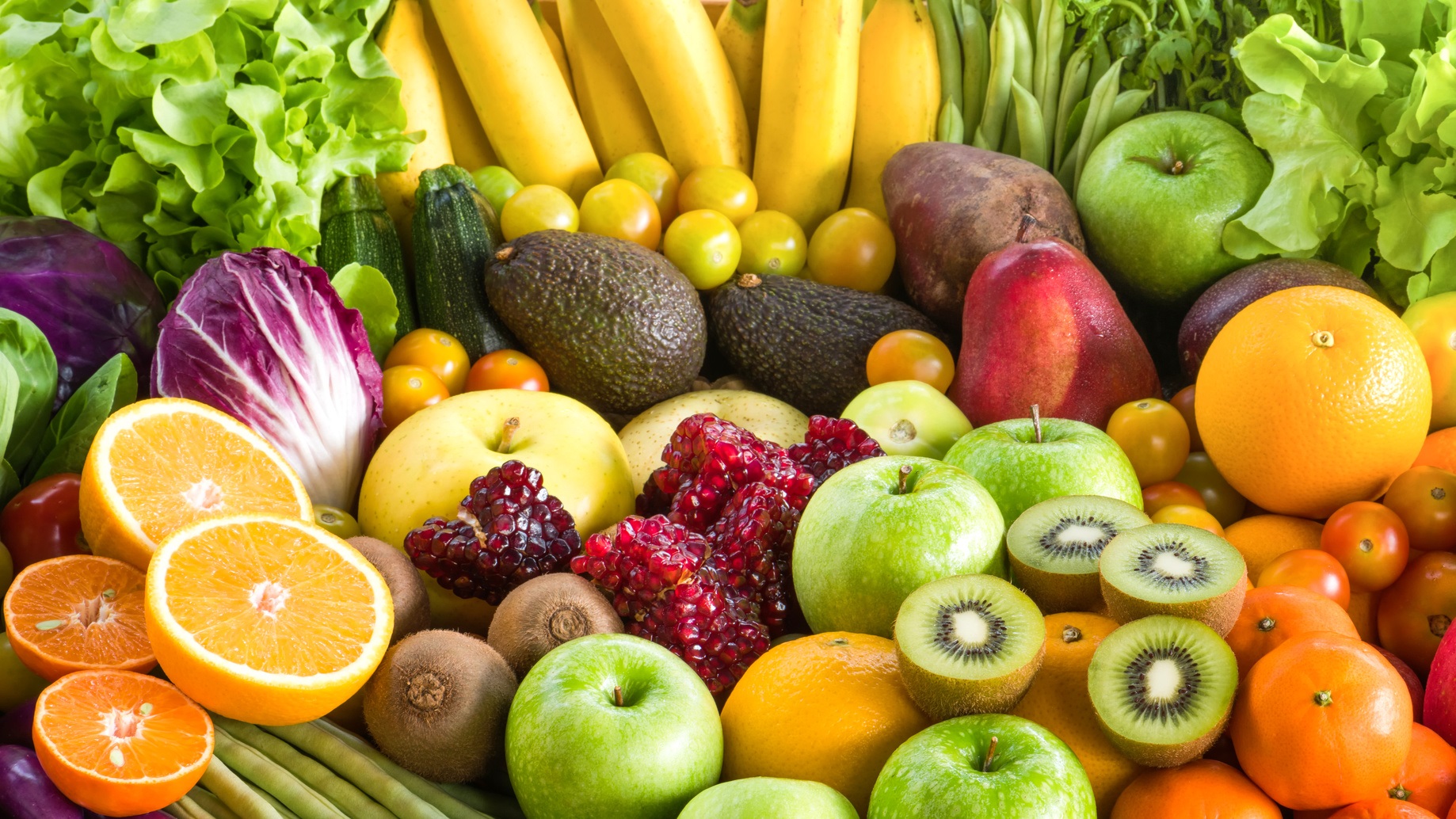We all know that eating fruits and vegetables is good for us. They’re packed with vitamins and nutrients our bodies need, they help fight inflammation, and they keep us feeling full with fewer calories than processed foods.
Adding more fruits and vegetables into your diet sounds like a no-brainer, but often, when we’re so used to our normal routines, it can seem overwhelming to know how to make a change.
To help you out, we’ve come up with nine easy ways you can sneak more fruits and vegetables into your diet. If this seems overwhelming, remember, you can try just one of these ideas at a time and slowly add more. And be creative! We’re sure you have great ideas, too.
- Make breakfast the night before
If your breakfast usually comes from Starbucks or a drive-thru, it’s probably because you don’t have time to cook something healthy in the morning. But taking a little time to prepare breakfast the night (or week) before, can help you eat much healthier. Try making a big batch of oatmeal and storing it in the fridge, then heating it up in the microwave and adding some blueberries or bananas on top. Or, each Sunday night, you can make an egg casserole or egg frittatas with spinach, red and green peppers, mushrooms, and more and have it last all week. - Eat a smoothie for breakfast
For another quick breakfast idea, how about a smoothie? If you have the ingredients in your freezer, they take almost no time to make. Plus, they pack lots of fruits and vegetables into your day and they taste amazing! Try smoothies made with avocados, spinach, frozen blueberries, frozen bananas and more. Here are a few of our favorite recipes:
Cinnamon Apple Smoothie
Katie’s Colada Concoction
CHM’s Berry Spinach Smoothie - Perk up your pancakes
Having pancakes on a Sunday morning? There are lots of ways to make them into a healthier treat. Try making pancakes with pumpkin puree or mashed banana and brown rice flour instead of the regular ingredients. And instead of syrup, you can mash up blueberries or raspberries and spread them on top. - Change up your PB&J
Whether you’re packing lunch for the kids or yourself, peanut butter and jelly is always a favorite. But if you want to make it healthier, skip the jelly and put apple slices on the bread instead! Or make peanut butter and banana sandwiches… just like Elvis. - Add spinach to your sandwich
If you usually eat a ham or turkey sandwich for lunch, increase your veggie quotient by adding some baby spinach to it instead of iceberg lettuce. You can even add cucumber slices or red pepper slices to your sandwich for an extra crunch. - Pack a snack bag
Snacks from a bag are a usual place where bad fats, sugars and carbs sneak into your diet. So instead of buying something out of the vending machine at work, pack your own snack bag with berries, grapes, an apple or a pear to munch on when you get hungry. Or try cutting up a red pepper, carrot sticks or even a pickle. You can also pick up dried fruits or freeze dried fruits at Trader Joe’s or an outdoor store like Cabella’s. - Ditch the chips
Craving something crunchy for a snack? Try carrots with peanut butter or red peppers with hummus for a satisfying snack. - Eat a salad before dinner
Another easy way to increase your vegetable intake is to make a salad part of your dinnertime ritual. To get the most benefits, don’t use iceberg lettuce. Instead, make it with baby spinach or other leafy greens and add lots of veggies on top. Adding that salad course will make you feel extra fancy, too! - Always make a green vegetable for dinner
Here’s a good rule to live by: Every dinner plate should include a green vegetable. You don’t have to do anything fancy. Just boil a pot of water and throw in some green beans, broccoli, or sugar snap peas for about three minutes to cook them. Or you can sauté or roast Brussel sprouts, zucchini or asparagus in the oven with a bit of oil and salt for 10 minutes and they’ll taste delicious. If you don’t have time for that, stock up on frozen veggies and cook them in the microwave for about three minutes.
Got any good tips of your own? Share them in the comments below!
